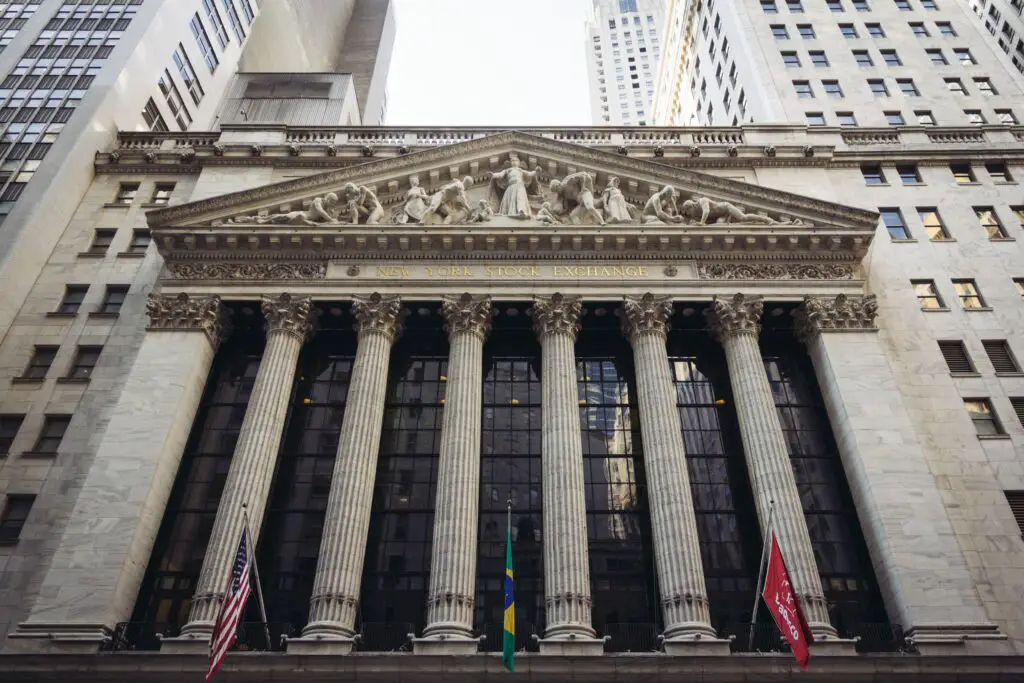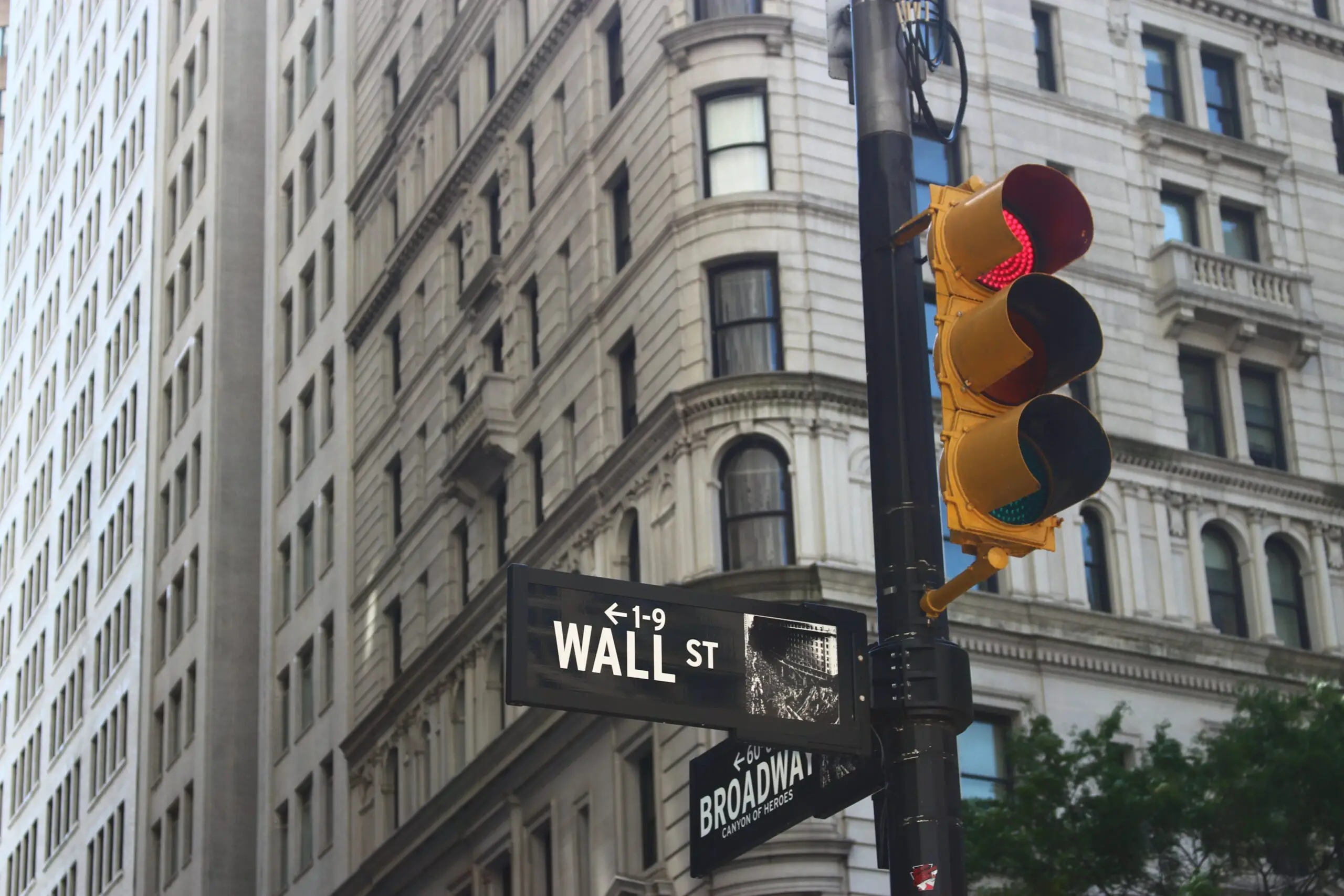The history of Wall Street has been linked to the colonization process of North America, specifically at the time when the Dutch, indigenous populations, and the British disputed the domain over lands located on the East Coast. The first colonizers to invade that space were the Dutch, who founded the village of New Amsterdam, which in its early years had a population of approximately 270 settlers.
This occurred when the Manhattan Indians sold the island to a Dutch trader, more specifically to Peter Minuit, Governor of the Dutch West India Company, for $24.
Origins of Wall Street
The occupation process was not at all peaceful, because the natives' resistance to the Europeans represented an obstacle to the Dutch colonial project. Faced with this threat, the Dutch in New Amsterdam decided to build, in 1640, a barrier (a wall) capable of containing the attacks organized by the neighboring indigenous populations.
Despite all the pertinence of this preventive action, the Dutch could not face the ambition of other enemies that would arrive by sea.
In 1664, the English invaded New Amsterdam and, after expelling the Dutch from the region, founded the village of New York. Over time, a road was opened that followed the contour of the wall, which eventually gave its name to the famous street in question.
Over time, the expansion of British colonization and the control of Indian attacks established the removal of the Dutch wall and the permanence of the British street.
Who came up with Wall Street?

Over the years, this street became a center of commerce for Manhattan residents, due to its location, found between the East River and the Hudson River at the bottom of the island. During this time, there were many stores, stores, and commerce on the street.
But it was from 1792 that the street began to become a financial center. This was because the residents of Manhattan began to gather in this commercial area, where financial intermediaries and speculators could be found to trade informally.
What was traded at that time?
Bonds, and company stocks. This is what gave birth to the New York Stock Exchange.
Then, in 1792, under a tree that would become one of the largest financial centers in the world, 24 stockbrokers gathered. They formed a centralized exchange for the burgeoning U.S. stock market. This was the Buttonwood Agreement of 1792.
In summary, the Buttonwood Agreement had two provisions. The first is that brokers should only trade with each other; the second is that commissions should be at least 0.25% of the value of the transaction in question.
By closing the system to other participants, the intention was to generate more confidence in the trades, in the sense that payments would be honored and assets sold would be legitimate. In addition, all those trading assets must follow the same rules.
The Tontine Coffee House was made in 1793 and was the first headquarters of the NY Stock.
Wall Street's connection to slavery

In December 1711, the New York City Common Council had a law passed to make Wall Street the city's official place for the slave market, the buying, selling, and renting of enslaved Native Americans and Africans. "Negro and Indian slaves that are let out to hire...be hired at the Market House at the Wall Street Slip."
This place was known for being the “Meal Market”, as grains were sold in there, and it was located at “The Wall Street Slip” in the East River. Long before being a financial district, it had served as the very first slave market. American banks turned slaves into "human commodities", as they supported the expansion of slave plantations by using them as collateral for mortgages.
Another curious fact is that, near the Meal Market, there was the Tontine, the cafeteria that was the brokers' house. During the day, the place served as a meeting place for buying, selling, and trading. The place also provided a place to keep records of ship charges, so the captains recorded their charges there.
The goods they brought in the 1790s to New York were cloth, cotton, sugar, fine furniture, coffee, tea, and of course, enslaved children, men, and women. The companies that insured these ships traded a lot on the stock market, and the coffee house, which would not miss an opportunity, also registered the trading of the enslaved people.
It was a very fat business from which many made huge profits, even after this practice became illegal in the state.
The board, in 1802, moved into its own building in the Merchant’s Exchange Building.
When was Wall Street created?
In March of 1817, the Buttonwood traders came back from a visit to the Philadelphia Merchants Exchange, where they observed the model and started to use it as a prototype for their own version, which they named the New York Stock and Exchange Board.
Then, a constitution was formed for the board and Anthony Stockholm was elected as the president of the board. By then, the exchange board got a dress code.
After 46 years, the New York Stock & Exchange Board adopted its final name, as we know it today: New York Stock Exchange. In 1865, the New York Stock Exchange moved to 11 Wall Street and opened the building where it remains today in 1903.
Wall Street history facts
A bomb on Wall Street
At 12:01 pm on September 16, 1920, a bomb exploded on Wall Street in Manhattan's financial district. Known as the "Wall Street bombing", the explosion killed 30 people on the spot, with 8 more people dying shortly thereafter from their injuries. In addition, 143 people were seriously injured and hundreds were injured in various other ways.
The 1920 Wall Street bombing was the deadliest act of terrorism on U.S. soil up to that time, and despite its seriousness, its authorship was never solved. Some attribute it to the Galleanists, Italian anarchists.
Crash of 1929
The crisis of 1929 is also known as The Great Depression. It is an event that affected not only the North American market but also the economies of several countries around the world.
Before the crash, the North American market experienced a great euphoria. But all this came to an end on October 24, 1929, when the shares of companies listed on the NYSE took a sharp fall.
With that, panic began to take hold of people, companies, and financial institutions. The crisis resulted in most investors suffering losses, companies going bankrupt, and banks filing for bankruptcy.
Women in Wall Street, 1967
It's no secret that things used to be different for women. Muriel Siebert was the first woman to be allowed to work on Wall Street. This happened 175 years after the creation of the New York Stock Exchange in 1792, and she had to talk to 9 male colleagues until one gave her the opportunity.
The Bull of Wall Street
The Charging Bull is a bronze sculpture weighing 3.5 tons. It is known as the Bull of Wall Street, but the fact is that it is not on Wall Street.
It is located in Bowling Green, on the border with Broadway. While not actually on Wall Street, the Taurus is a reference to the entire Wall Street region.
The name Charging Bull can be translated as Taurus in Charge. It was made by an artist after the 1987 crash and delivered to the city as a tribute to the resilience of the US market.
Subprime crisis
Also known as the 2008 Crisis, this was one of the major recent market crises. The crisis started in the US but reached several other countries.
What caused the crisis was the fact that banks in the United States were issuing a large number of real estate loans (mortgages) to high-risk customers.
In addition, rating agencies illegally provided triple-A ratings for these high-risk securities. Since these false ratings were made in collusion with the big banks.
With the high volume of subprime loans, the number of defaults reached a level that burst the US housing bubble. As a result, several banks and insurance companies went bankrupt.

